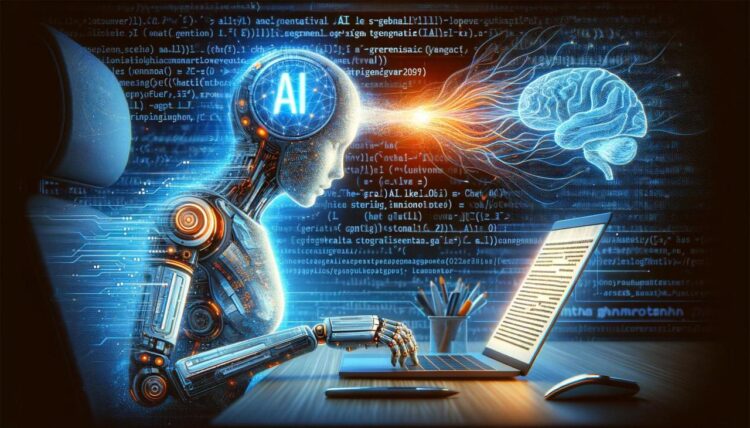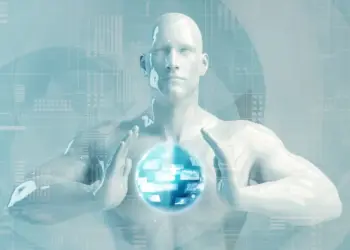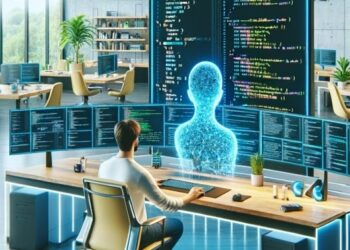The explosive growth of Generative Artificial Intelligence (GAI), which produces novel content like text, images, code, and music, is fueled by one indispensable resource: massive, diverse datasets. These colossal datasets, comprising billions of elements scraped from the public internet, are the lifeblood that enables Large Language Models (LLMs) and diffusion models to learn the complex patterns of human creativity and communication. However, this foundational practice has ignited one of the most critical legal and ethical debates of the digital age: data licensing and copyright infringement. The fundamental question is whether consuming copyrighted material for the purpose of training a machine learning model constitutes “fair use” or requires explicit permission and compensation for the original creators. The answer will determine the economic viability and legal future of the entire AI industry.
This extensive article provides a deep dive into the complex legal frameworks surrounding GAI training data, analyzes the specific copyright challenges faced by creators and model developers, explores the emerging technical and licensing solutions designed to mitigate risk, and outlines the critical regulatory and judicial decisions that will shape the future of creative production and digital rights.
The Core Conflict: Copyright Versus Computational Learning
At the heart of the GAI data debate is the tension between the fundamental rights of content creators and the necessity of technological progress through learning.
1. The Nature of AI Training Data
Generative AI models learn by consuming and identifying statistical relationships within massive quantities of data.
- Data Aggregation: Datasets like Common Crawl or specialized image databases contain billions of copyrighted works, including articles, books, photographs, artwork, and software code, aggregated without individual consent from the copyright holders.
- Transformation vs. Reproduction: AI developers argue that this process is transformative—the model does not store the original work but only the statistical representations of the patterns found within it (the “weights” of the neural network). They assert this falls under Fair Use (or Fair Dealing in other jurisdictions) because the model’s output is fundamentally different from the input.
- The Burden of Proof: Content creators and copyright holders counter that the input is a wholesale, unauthorized reproduction of their works, often amounting to mass infringement, regardless of the output’s nature. They demand compensation for the commercial use of their property.
2. Defining “Fair Use” in the AI Context
The legal doctrine of Fair Use in the United States (and similar doctrines globally) is the primary battlefield in this dispute. Fair Use generally considers four factors, which are being hotly contested in AI litigation:
- Purpose and Character of the Use: Is the use commercial or non-profit? Is it transformative? AI companies argue their use is highly transformative because the model’s purpose is statistical learning, not artistic replication. Creators argue the ultimate commercial purpose of the GAI output negates this defense.
- Nature of the Copyrighted Work: Courts consider whether the work is factual or creative. Creative works generally receive stronger protection. GAI scrapes both, increasing the legal risk.
- Amount and Substantiality of the Portion Used: While the model uses the entire work, developers claim the model’s training process only “remembers” minuscule, statistical fragments. Opponents point to cases of “model regurgitation” where the AI reproduces the original work almost verbatim.
- Effect of the Use Upon the Potential Market: This is the most crucial factor. Creators argue that GAI outputs directly compete with and devalue their original work (e.g., an AI-generated stock image replaces a photographer’s income), causing direct market harm.
Legal Landscape: Landmark Cases and Regulatory Responses
The licensing crisis is currently being addressed through massive, high-stakes litigation and rapid, often conflicting, regulatory guidance across continents.
1. Key US Litigations (The Battlefront)
Major lawsuits against leading AI companies are defining the boundaries of copyright in machine learning.
- The Stability AI and Midjourney Cases: These cases, brought by artists and image platforms (e.g., Getty Images), challenge the use of copyrighted images in training diffusion models. The core claim is that the models are derivative works or that the training process itself is mass infringement.
- The Authors Guild and Book Publisher Cases: These lawsuits, targeting companies like OpenAI, assert that the unauthorized use of millions of copyrighted books to train LLMs constitutes direct, uncompensated commercial use of literary works, directly challenging the “transformative” argument.
- Code Licensing Disputes (GitHub Copilot): Cases concerning AI code generators focus on whether the output (the generated code) inherits the license of the input (the open-source code used for training), particularly concerning restrictive open-source licenses like GPL.
2. Global Regulatory Responses
Governments worldwide are scrambling to legislate the relationship between GAI and creative works.
- The EU AI Act: The European Union has taken a leading role, mandating Transparency Obligations for foundation models. Model developers must now publicly document and detail the copyrighted material used for training. This requirement is intended to give creators leverage to negotiate licensing or demand removal.
- UK and Asian Approaches: The UK has initially explored broad exceptions for text and data mining (TDM) but has faced significant pushback from creative industries. Asian countries are watching the Western litigation closely, often adopting hybrid approaches that favor economic development while seeking creator protection.
- US Copyright Office Guidance: The USCO has repeatedly stated that works created solely by AI without human creative input cannot be copyrighted. This reinforces the necessity of human creativity and authorship, distinguishing it from purely algorithmic output.
Technical and Licensing Solutions: Mitigation Strategies
Recognizing the severe legal risks, the AI industry and creative platforms are rapidly developing technical tools and novel licensing frameworks to bridge the gap.
1. Opt-Out Mechanisms and Data Filtering
The simplest and most immediate technical solution for creators to assert their rights is to allow them to prevent their content from being scraped.
- Robots Exclusion Protocol (REP) Extensions: Leveraging the existing protocol used by search engines, new technical standards are being developed that explicitly allow website owners to include metadata tags indicating their content is forbidden for AI training.
- Platform-Level Filtering: Image platforms (like Adobe Stock or Shutterstock) and code repositories (like GitHub) are developing tools that allow creators to opt out their content from the training sets of their partners or to apply specialized licenses to it.
- Watermarking and Poisoning: Researchers are exploring “data poisoning” or “hiding” techniques that subtly corrupt data used for training models, rendering the resulting AI model defective or producing traceable, watermarked outputs. This acts as a preventative deterrent.
2. Emerging Licensing Frameworks
The core economic solution lies in creating scalable, transparent, and fair compensation models.
- Data Marketplaces: Platforms are emerging that facilitate the legal sale of high-quality, pre-licensed datasets specifically for AI training. These marketplaces provide transparent attribution and ensure creators are compensated based on the value of their data.
- Collective Licensing Agencies: Similar to music royalty collection societies (e.g., ASCAP, BMI), new organizations are forming to manage collective licensing for large pools of copyrighted digital content, allowing AI companies to pay a flat fee or royalty to access the entire pool.
- Attribution and Royalty Models: The future may involve GAI models that track the influence of specific training data on their output and provide micro-payments or attribution tags to the original creators based on usage or commercial success of the derivative work.
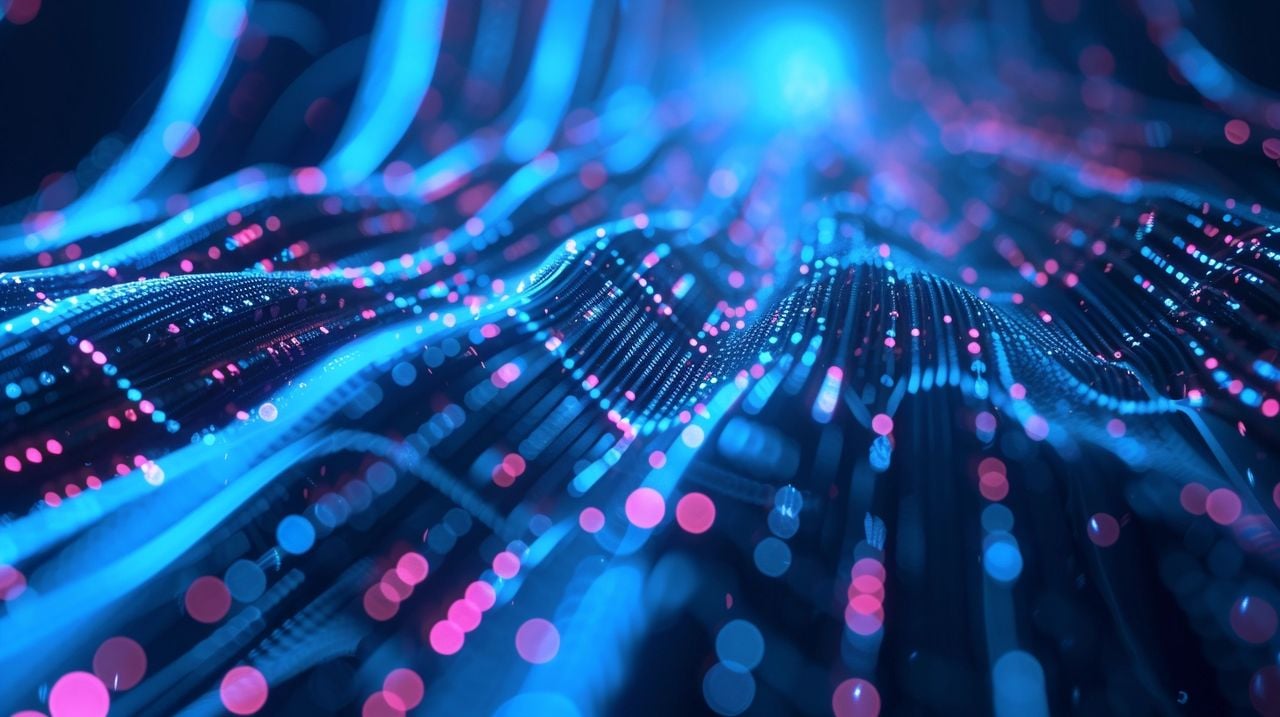 The Strategic Future: Economic and Ethical Implications
The Strategic Future: Economic and Ethical Implications
The resolution of the GAI licensing crisis will have profound, long-term implications for global digital economies, creative labor, and technological ethics.
1. Economic Implications for the AI Industry
The cost of compliance will reshape the competitive landscape.
- Increased Cost of Entry: Mandatory licensing requirements will significantly raise the cost of acquiring and cleaning training data, potentially consolidating market power into the hands of a few tech giants who can afford multi-billion-dollar licensing deals.
- Shift to Proprietary Data: AI companies will increasingly rely on data generated through their own platforms (user interactions, service data) or expensive, purpose-built proprietary datasets, reducing reliance on public web scraping.
- Demand for Small, Specialized Models: The focus will shift towards smaller, highly efficient models fine-tuned on legally sound, narrow datasets, rather than massive, general-purpose models trained on everything.
2. Ethical AI and Bias Mitigation
Transparency in licensing directly intersects with ethical AI development.
- Bias Traceability: Documenting the training data through licensing records allows researchers to trace the source of observed model biases (e.g., if a model performs poorly on certain demographics) back to specific, identifiable datasets, facilitating easier mitigation.
- Ethical Sourcing Standards: New industry best practices will require Ethical Sourcing Audits to certify that training datasets adhere not only to copyright law but also to privacy regulations and standards of diversity and fairness.
3. The Future of Human Creativity
The licensing outcome will redefine the role of the human creator in the age of generative AI.
- Creator Compensation: A successful licensing framework ensures that human artists, writers, and musicians are fairly compensated for their past work that fuels AI, securing their financial future in an automated marketplace.
- New Creative Tools: With clear legal boundaries, creators can confidently use GAI tools to enhance their work without fear of legal reprisal, leading to a new wave of human-AI collaborative artistic expression.
- Redefinition of Authorship: The legal system will be forced to draw clearer lines regarding the threshold of human input required for an AI-assisted work to qualify for copyright protection, clarifying intellectual property rights in the age of algorithms.
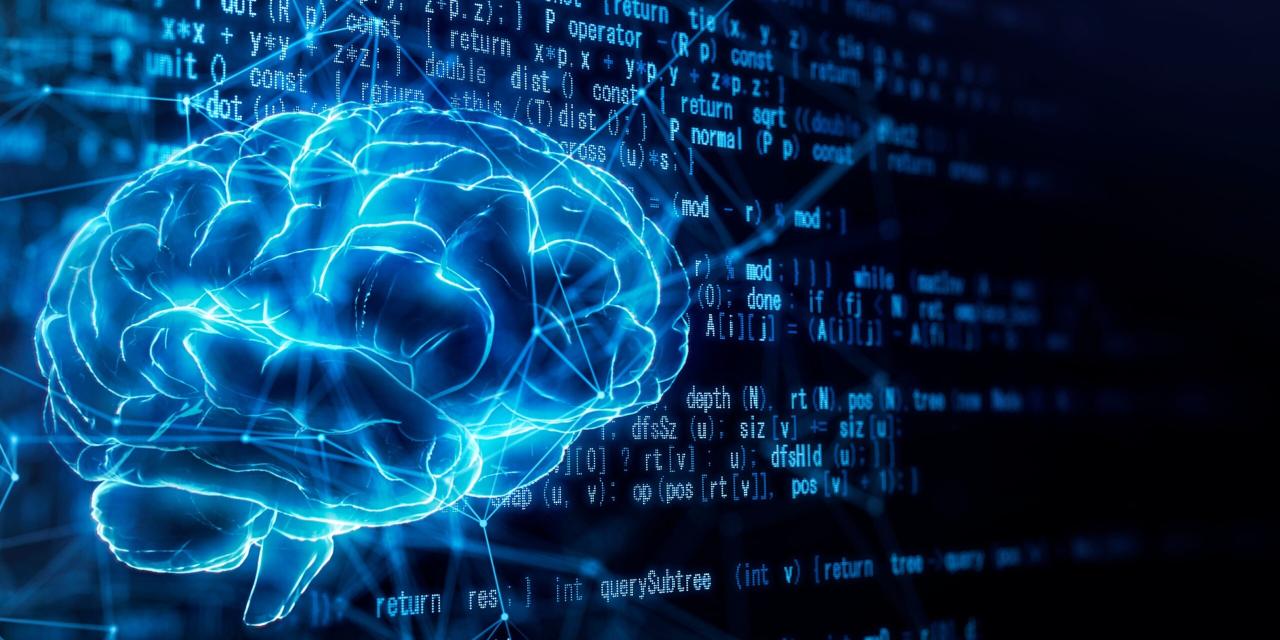 Conclusion: Licensing is the Bridge to AI Maturity
Conclusion: Licensing is the Bridge to AI Maturity
The generative AI training data licensing debate is not a technical footnote; it is the foundational governance challenge of the decade. The path forward demands a balanced solution that respects the fundamental rights of creators to their intellectual property while acknowledging the transformative societal benefits of AI. The resolution will likely involve a combination of court-mandated interpretations of Fair Use, globally harmonized regulatory requirements for data transparency (like the EU AI Act), and the widespread adoption of new technical opt-out standards and scalable collective licensing mechanisms. For the AI industry to transition from an experimental phase to a mature, trustworthy, and sustainable commercial pillar, it must successfully build this legal and economic bridge, ensuring that the engine of creativity—the data—is sourced ethically and compensated fairly. The success of generative AI hinges on its ability to evolve from a legal challenge into a model of responsible digital stewardship.

